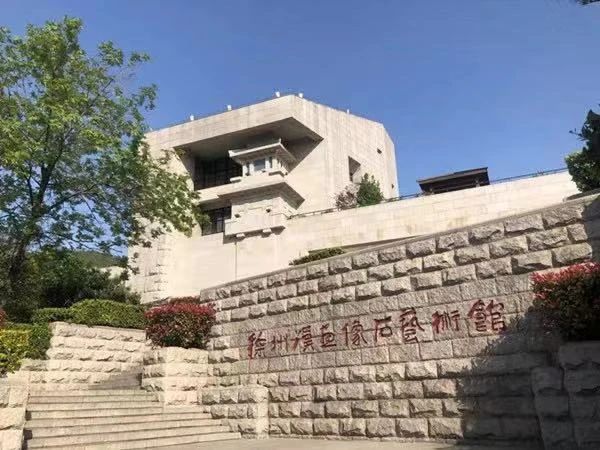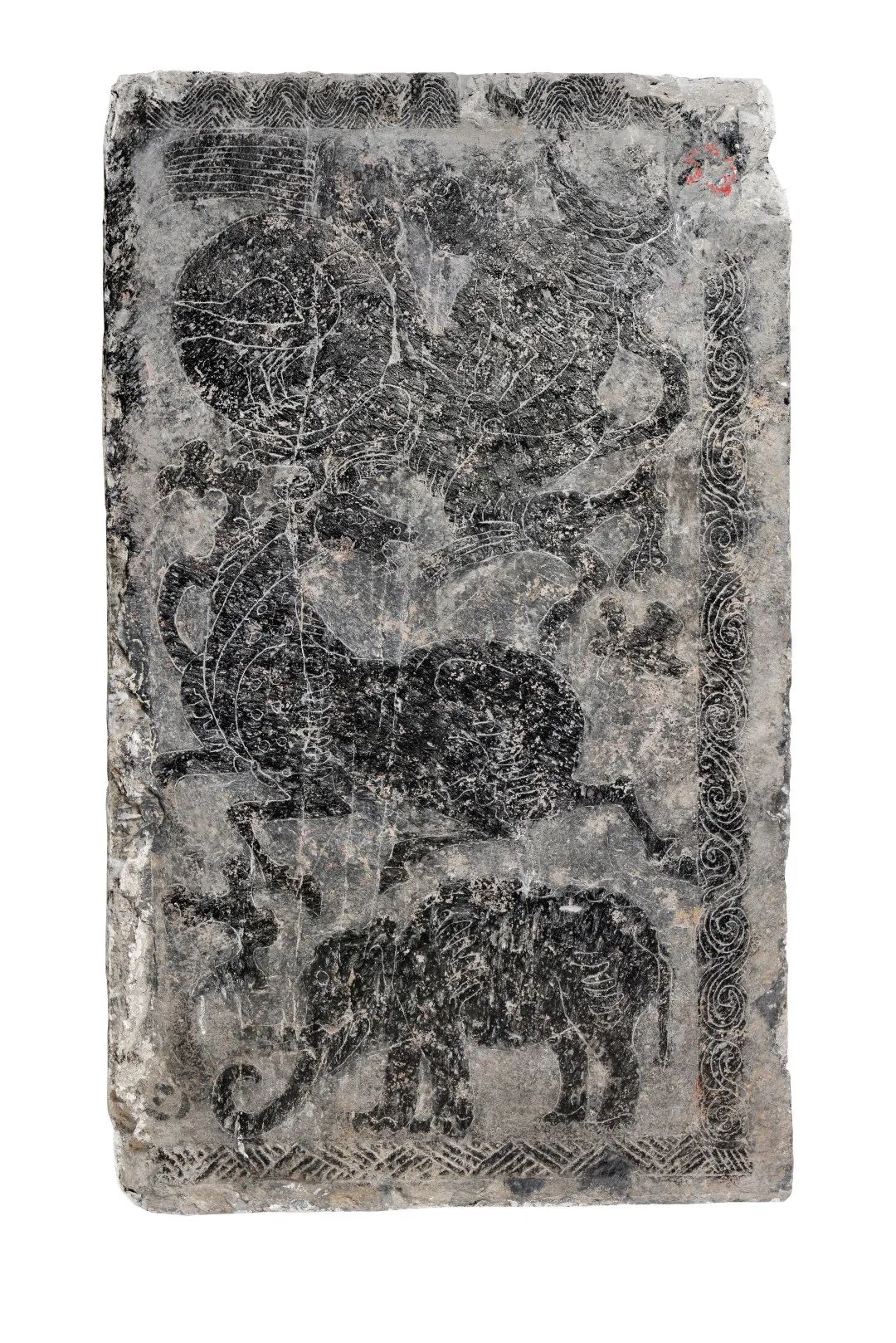Xuzhou -- Horse in Han Dynasty Stone Paintings
Han stone paintings are created on hard stones by artisans with knives. It is a combination of painting and sculpture art, its artistic characteristics simple and natural, really interesting, reflecting the temperament and fashion of The Times. Han dynasty stone paintings have a wide range of themes and rich contents. They vividly depict and record the social life at that time and become a miniature of the history of the Han Dynasty.

"Horse" is the most common image in han dynasty stone inscriptions. The figure of "horse" is indispensable in "Chariot and Horse traveling", "chariot riding over a bridge", "Home and Happiness", "music and dance", and "Yellow Emperor ascending immortal". Some of the images of horses in Xuzhou Han stone statues are mythological and some reflect real life scenes. The "horse" in the two stone statues displayed in the first room of the North Museum has unique shape and unique Angle of composition.
Tongshan Miaoshan Han Tomb unearthed "Yellow Emperor Ascending Immortal figure" picture engraved on the top of a day wheel, there are three foot black, next to the yellow Emperor ascending immortal; The picture depicts the middle of the flying horse is called "ride yellow", also known as "fly yellow", "Teng Yellow", "Zi Huang", "Cui Huang", it is the yellow Emperor sheng Xian mount; Below carved an image of god; The whole picture shows the theme of the yellow Emperor ascending immortal. The Story of the Yellow Emperor riding a dragon to ascend immortals is recorded in the Records of the Grand Historian, and the Han people explain that the dragon riding by the Yellow Emperor is "riding yellow" with the dragon's wings and the horse's body. 444becd1c3a470debe35ba5d2564bfec.jpgdb7c93a311bf2cebcd83e0aecbf46b04.jpg
The "music and dance map" unearthed from the Han Tomb in Miaoshan, Tongshan, shows the music and dance scene. On the lower right, two "horses" are depicted. Usually, the "horses" seen in Han dynasty stone inscriptions are in profile, while the "horses" in this stone inscriptions are in front, complementing the description of "horses".